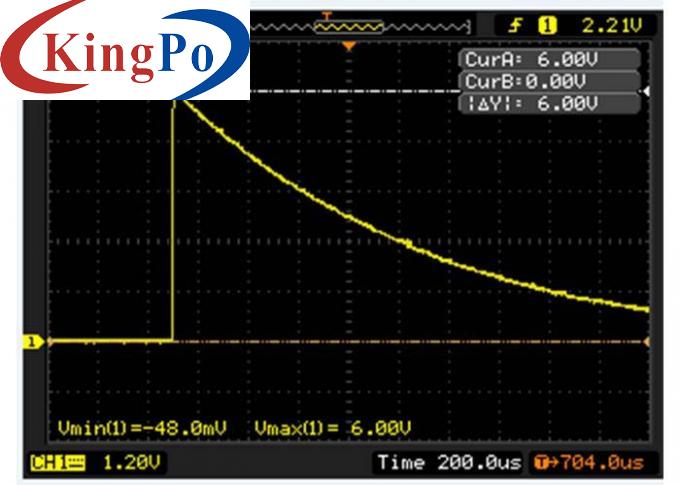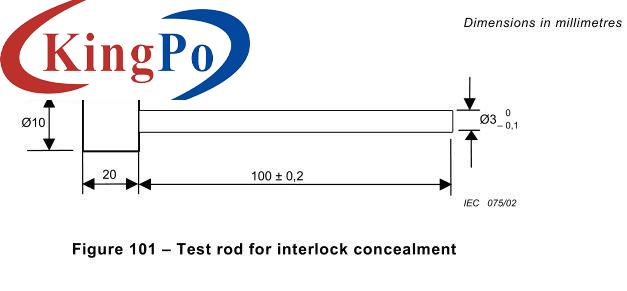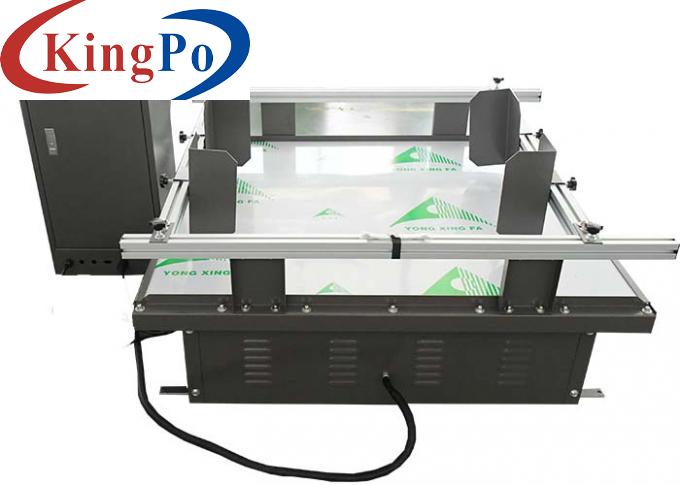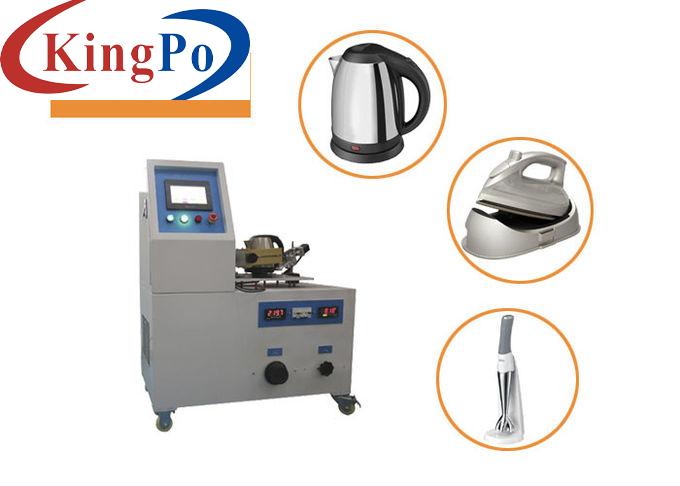Products

Surge Test Generator Simulate Electrical Surges Or Transients Test Electronic IEC 60950-1
Products Description
Surge Test Generator Simulate Electrical Surges Or Transients Test Electronic IEC 60950-1
Product Information:
This surge test generator conforms to IEC 62368-1:2018 clause 5.4.2, 5.5.8 and Annex D, circuit 3 of Table D.1, Annex G.10, etc., IEC 60950-1:2013 clause 7.4.2, reference 3 of table N.1, IEC60065:2014 clause 10.2, 13.3.4 a).
7-inch touch LCD interface, rich in functions, easy to operate, easy to upgrade software
Intelligent programmable high voltage power supply, built-in high voltage over voltage, over current and short circuit protection
Output intelligent detection, voltage error, no output warning
A surge test generator, also known as a surge generator or surge immunity tester, is a specialized piece of equipment used to simulate electrical surges or transients for testing the immunity of electronic devices and systems. It is commonly used in industries such as telecommunications, power systems, automotive, and electronics manufacturing to evaluate the resilience of equipment against voltage spikes and transients that can occur in real-world scenarios.
Here are some key features and functionalities of a surge test generator:
Voltage Generation: The surge test generator is capable of generating high-voltage surges or transients that simulate the electrical disturbances encountered in practical situations. It can produce specific waveforms, such as single impulses, repetitive impulses, or oscillatory waves, with defined voltage levels, rise times, durations, and repetition rates.
Surge Parameters: The generator allows the user to configure various surge parameters according to the testing requirements. These parameters may include peak voltage, voltage waveshape, energy content, polarity, and repetition rate. Different industry standards, define specific surge test parameters for different applications.
Test Modes: The surge test generator typically offers different test modes to replicate different types of electrical disturbances. This may include common mode (line-to-ground) and differential mode (line-to-line) surges, capacitive coupling, inductive coupling, or combinations of these modes.
Control and Monitoring: The generator provides control interfaces and monitoring capabilities to adjust and monitor the surge parameters during the test. It may include features such as a user-friendly interface, digital displays, and real-time monitoring of voltage waveforms and peak values.
Safety Features: Surge generators are designed with safety features to protect both the equipment under test and the operator. This can include overload protection, short-circuit protection, grounding mechanisms, interlock systems, and safety interlocks to ensure safe and reliable operation.
Compliance with Standards: Surge test generators are designed to comply with relevant international standards and specifications, such as those defined by the International Electrotechnical Commission (IEC) or other regional standards organizations. Compliance ensures that the surge tests are conducted according to standardized procedures, allowing for reliable and repeatable results.
When conducting surge tests, the surge test generator is connected to the device or system being tested through appropriate coupling methods. The generator then applies the desired surge waveform to the device, simulating the electrical disturbances it may encounter in its operational environment. The device's response to the surges is observed and assessed to ensure its immunity to transient disturbances.
It's important to note that the specific capabilities and features of surge test generators may vary depending on the manufacturer, model, and intended application. Therefore, it's essential to consult the generator's user manual and relevant standards to ensure proper setup, operation, and interpretation of test results.
Technical Parameters:
Output voltage
10kV (Max) ±5%
Output polarity
Positive, negative, positive and negative cycle
Input impedance
1KΩ,±10%
Storage capacitor
1000PF
Charging resistance
15MΩ
Impact mode
Automatic or manual
Impact cycles
1-9999
Impact interval time
3-999s(3s of which is the inherent charging time of the device)
Use Environment
Temperature: 15℃-35℃, relative humidity: 10% -75%
Power source
AC220±10%, 50/60Hz
Dimension
470mm×260mm×500mm
Weight
30kg







